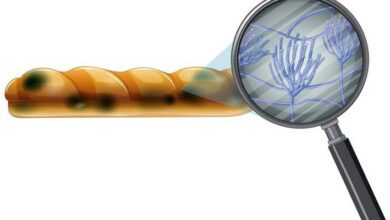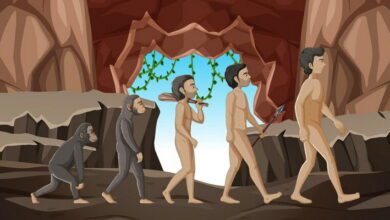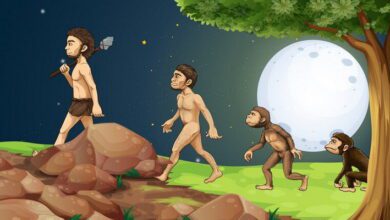Principles of Evolution MCQs with Answers

Welcome to the Principles of Evolution MCQs with Answers. In this post, we have shared Principles of Evolution Online Test for different competitive exams. Find practice Principles of Evolution Practice Questions with answers in Biology Tests exams here. Each question offers a chance to enhance your knowledge regarding Principles of Evolution.
| In evolution, species change with time through the processes of forcing biological diversity and adaptation. It is on natural selection, genetic variation, and the inheritance of traits as the bases of the modern biology. The key principles are : Natural Selection: The term natural selection proposed by Charles Darwin refers to how chances of survival and reproduction favor those who have traits that are useful for the environment. Gradually those well-faring traits spread throughout the population over time. Variation: Each organism is somehow different in a given population due to mutations, gene recombination, and other mechanisms of variation. Variation gives the fodder on which natural selection acts, making some of them “fitter” than others for survival. Inheritance: Indeed, it is the genes that pass on traits from generation to generation. Offsprings will result in a mix of traits acquired from their parents and may even lead to new variations. Mutation: DNA sequence changes are indeed random and some of them can be neutral, harmful or positive. Mutations occur over long periods and thus contribute to genetic diversity. This is one source of evolutionary change. Genetic drift: The randomness of the events that take place may increase or decrease the allele frequency regardless of its contribution to fitness. It is a fundamental process that can make a population change drastically from one generation to another. Speciation: Thus, speciation is a result of evolutionary processes. The new species appears when populations of living organisms are separated geographically or reproductively and hence diverge due to natural selection, genetic drift, and mutation. Adaptation: The traits of the living organisms are changed in a way that most individuals of a species survive and reproduce successfully within an environment. Adaptations can be structural, behavioral or physiological. Altogether, these principles explain how life is adapted and diversified in the presence of environmental pressures and genetic variation and account for the rich diversity of species that we now find on Earth. |
Principles of Evolution Online Quiz
By presenting 3 options to choose from, Principles of Evolution Quiz which cover a wide range of topics and levels of difficulty, making them adaptable to various learning objectives and preferences. You will have to read all the given answers of Principles of Evolution Questions and Answers and click over the correct answer.
- Test Name: Principles of Evolution MCQ Quiz Practice
- Type: Quiz Test
- Total Questions: 40
- Total Marks: 40
- Time: 40 minutes
Note: Answer of the questions will change randomly each time you start the test. Practice each quiz test at least 3 times if you want to secure High Marks. Once you are finished, click the View Results button. If any answer looks wrong to you in Quizzes. simply click on question and comment below that question. so that we can update the answer in the quiz section.
Download Certificate of Quiz Principles of Evolution
On the end of Quiz, you can download the certificate of the quiz if you got more than 70% marks. Add a certificate to your job application or social profile (like LinkedIn) and get more job offers.
Download Principles of Evolution MCQs with Answers Free PDF
You can also download 100 Principles of Evolution Questions with Answers free PDF from the link provided below. To Download file in PDF click on the arrow sign at the top right corner.
If you are interested to enhance your knowledge regarding English, Physics, Chemistry, Computer, and Biology please click on the link of each category, you will be redirected to dedicated website for each category.




